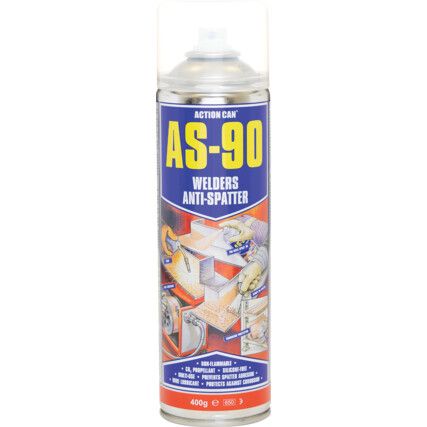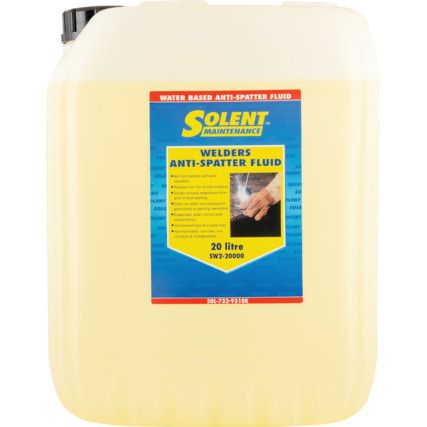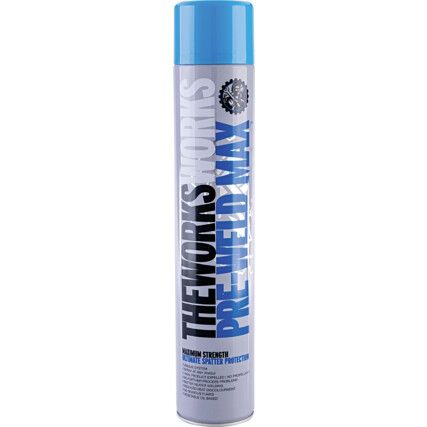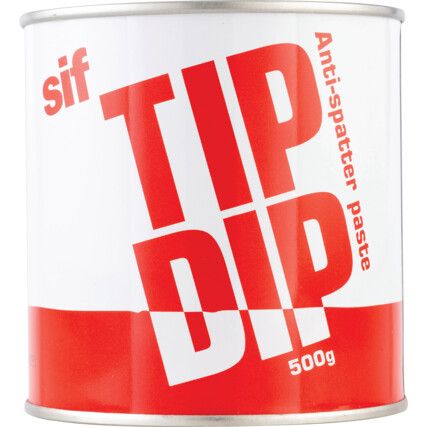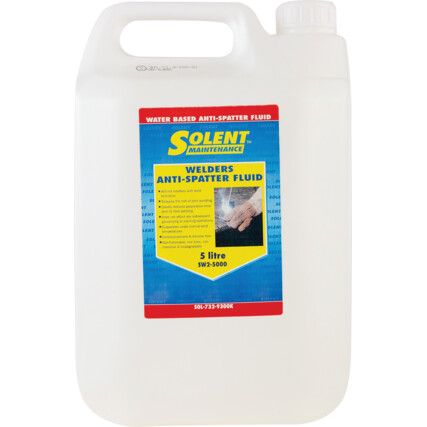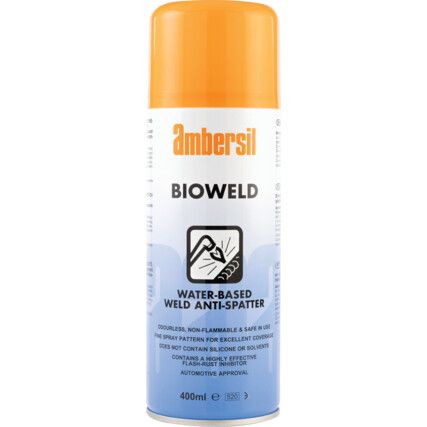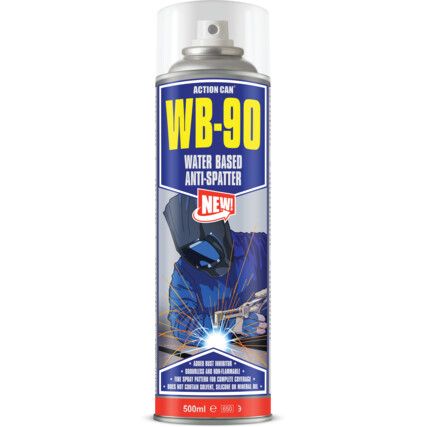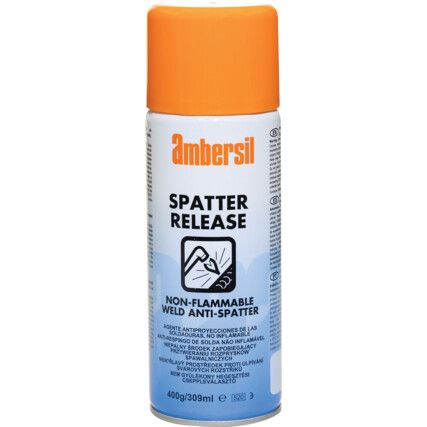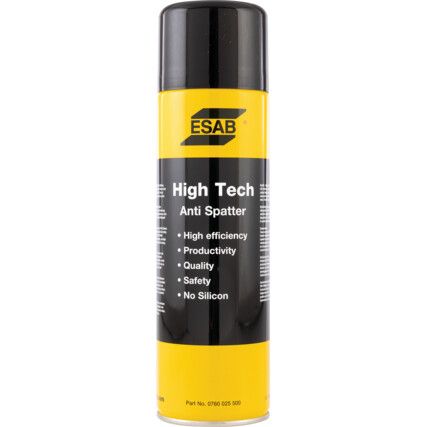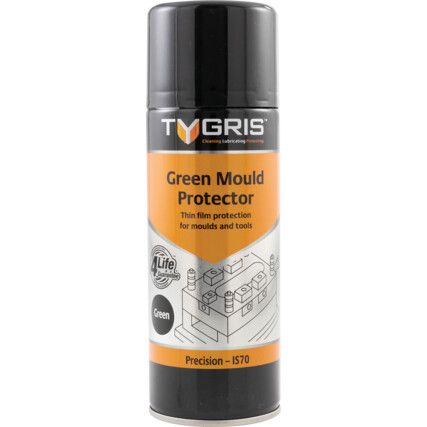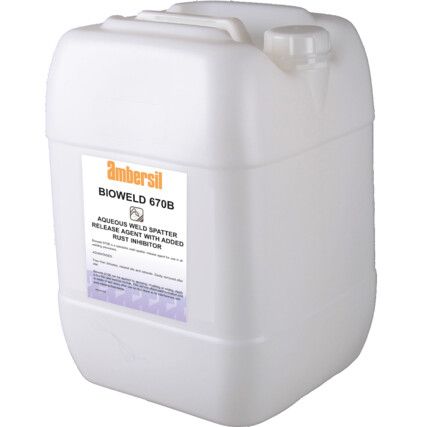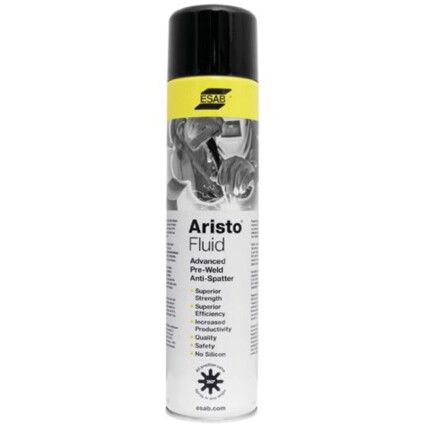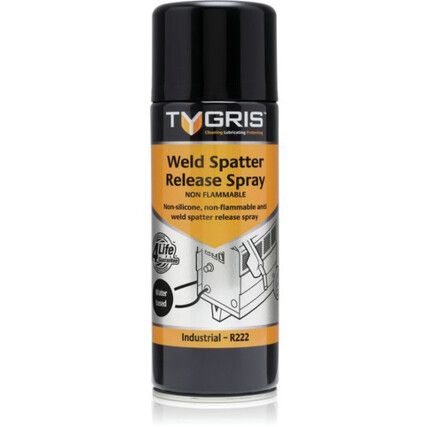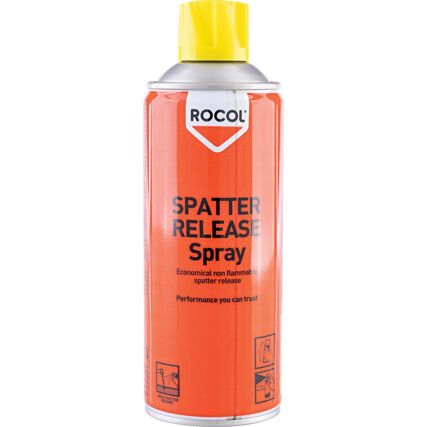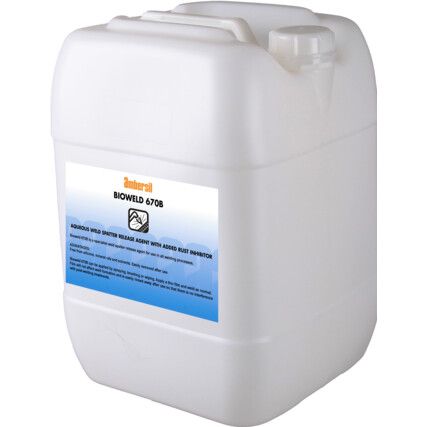Anti-Spatter
Contending with spatter is an unavoidable part of the welding process and can be troublesome to deal with. To help combat this, Cromwell stock a range of anti-spatter sprays and solutions to help eliminate lengthy clean ups and help improve the overall quality of the finished welded product. With brands such as Ambersil, Action Can, Rocol and Sif, you'll be sure to find a product in our range to suit your requirements.
What are anti-spatter products?
Spatter is a natural by-product of welding. The sparks that are emitted from the process are actually small molten bits of metal (known as bbs) and can cover the nearby environment including your workpiece. Whilst it is impossible to eradicate spatter entirely due to the nature of the process, it can be incredibly frustrating when spatter marred your hard work. Anti-spatter sprays, gels and solutions work to allow easy clean-up of spatter, stopping the tiny molten pieces from sticking to the workpiece and any other surfaces in the working environment.
Types of anti-spatter
Anti spatter comes in a variety of forms, with the most popular being sprays, gels, and pastes. Below you can find the most common types along with their uses and benefits.
• Anti-spatter spray - These are usually silicone based and are easy to apply pre-weld, via a spray nozzle or aerosol can. Their formula coats surfaces preventing bbs from sticking. It can be applied to equipment and the workpiece as well as the wider work area.
• Anti-spatter gel - This is applied to the torch nozzle and is also applied pre-weld they too work in much the same way as the spray preventing spatter from sticking to the torch nozzle. This will require you to warm the torch nozzle up and dip the end into the gel. Once applied and the excess allowed to drip off, any bbs that attach themselves to the torch nozzle should be easily removed by tapping the nozzle.
Considerations when choosing anti-spatter products
The main considerations when choosing an anti-spatter solution are primarily based in the method of application. Sprays provide good coverage for the workpiece and wider working area, gels provide good coverage for the torch nozzles but require time to allow the excess to run off before use.
Some silicone based anti-spatter solutions should be avoided if paint is going to be applied to the workpiece as this can prevent paint from sticking.
FAQ
What are the benefits of anti-spatter?
Anti-spatter sprays and gels can make cleaning up after welds much more efficient. This can be a huge time saver, especially where multiple projects are involved. Treating the torch of your welding rig with anti-spatter can also help prevent welding failures, costly downtime, and replacements.
Are their risks with using anti-spatter sprays and gels?
Like anything there are some drawbacks to anti-spatter products, but these are mostly caused by inexperience and user error. A few drawbacks include silicone products inhibiting paint adhesion as well as marking and staining metals. They can also be difficult to remove and can leave a greasy residue.
More serious problems include hydrogen embrittlement or micro-cracking as well as porosity within the weld due to applying too much solution. With water-based solutions rust can also be a problem.
However, with that said the benefits outweigh the risks. If anti-spatter is used correctly in line with the products instructions, you shouldn't encounter many problems.
